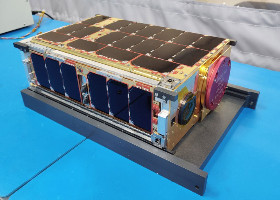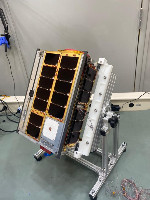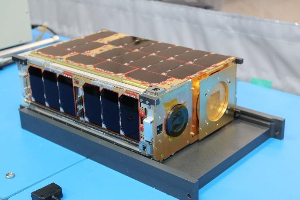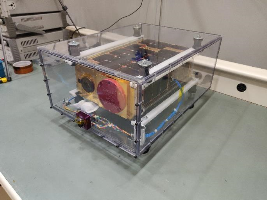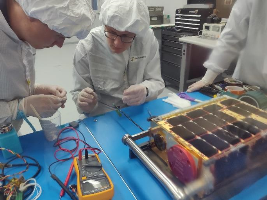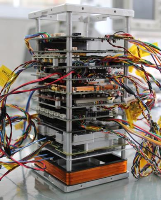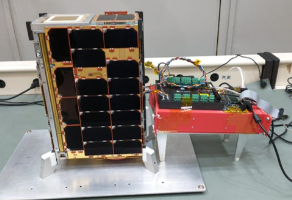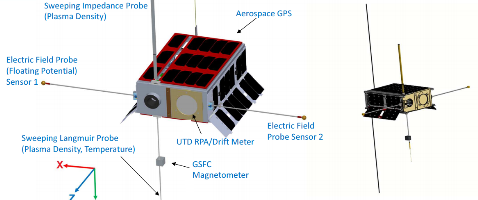| Satellite name | SPORT (Scintillation Prediction Observations Research Task) |
|---|---|
| Type | CubeSat |
| Units or mass | 6U |
| Status | Reentry 2023-10-11. Was operational (Confirmed on Twitter and report from SV2HWM last checked 2022-12-31. SmallSat 2023 presentation.) |
| Launched | 2022-11-26 |
| NORAD ID | 55129 |
| Deployer | NRCSD (NanoRacks CubeSat Deployer) [Quad-M] |
| Launcher | Falcon 9 (CRS-26) (ELaNa 49) |
| Deployment | Deployed from ISS on 2022-12-29 |
| Entity name | NASA Marshall Space Flight Center |
| Institution | Space agency |
| Entity type | Government (Civil / Military) |
| Headquarters | US |
| Manufacturer | AIVT by Utah State University |
| Partners | Brazilian National Institute of Space Research (INPE), Brazilian Technological Institute of Aeronautics (ITA) |
| Oneliner |
Investigate the state of the ionosphere that leads to the growth of plasma bubbles. |
| Description |
Study the formation of ionospheric plasma bubbles, which are the main sources of radar reflections in the equatorial region. Investigate the state of the ionosphere that leads to the growth of plasma bubbles. The relationships between plasma irregularities in satellite altitude and the radio scintillations observed in the equatorial region of the ionosphere will also be studied. |
| Results |
On December 29, 2022, within less than ten orbits, the SPORT team saw the first window of opportunity to communicate with the satellite over Brazilian territory. In that opportunity, INPE's ground station in Cuiabá received the first beacons from the spacecraft. |
| Failure cause | One solar array not deployed, but not failure inducing. |
| Notes |
Spacecraft and operations by Brazil, coordination and funding by NASA. They are public about their problems, challenges and lessons learned, which is great to see. |
| Sources | [1] [2] [3] [4] [5] [6] [7] |
| Photo sources | [1] [2] [3] [4] [5] |
| COTS subsystems |
|
| Subsystems sources | [1] |
| On the same launch |
Last modified: 2024-12-20
